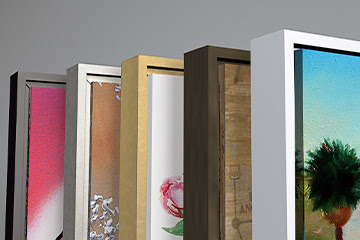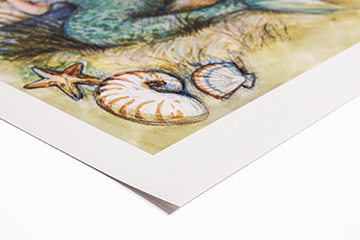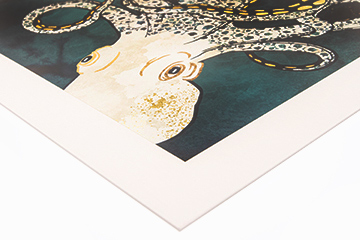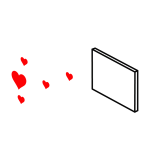100% Love Guarantee
You will LOVE your art, or we will take it back — “60-Day Money Back” & “Free Return Shipping”. The only kind of love that can be guaranteed.
Katsushika Hokusai Art print #1353
In the contiguous US.
Order now to receive by Jul 19
60-day Money Back
Some Exclusions Apply
You will LOVE your art, or we will take it back — “60-Day Money Back” & “Free Return Shipping”. The only kind of love that can be guaranteed.
“Is this new?” That is what you are going to hear for the next 50 years. Your yellows will stay as yellow as the first day you hung your art. If not, we will replace it.
Every item is made-to-order and assembled in-house by our team, using only premium materials...cuz we're a little obsessed about art.
All of our products are handcrafted — printed, stretched, stapled, and framed — at iCanvas, in Illinois. Lincoln would be proud.

All of our artwork comes gallery wrapped. The image is stretched around the sides and stapled to the back of the wooden frame. Your piece of art will be ready to hang, and will include an easy-to-use hanging kit.

The use of canvas stretcher bar keys is essential for preserving the visual appeal of canvas artwork, as they allow for the adjustment of canvas tension, which in turn guarantees a surface that is free of wrinkles. Stretcher keys are the preferred canvas stretching method by art professionals around the world as well as ours.

Black & white matte frames have a sleek lacquer finish and are versatile enough to pair with almost any piece of art. Mottled gold & silver frames are hard wood with a textured metallic finish. Silver pairs well with cool colors and dark backgrounds, while gold pairs particularly well with classic art, traditional décor, and warmer colors. Dark wood can look great with rustic, farmhouse, nature and photography prints.

All of our artwork comes gallery wrapped. The image is stretched around the sides and stapled to the back of the wooden frame. Your piece of art will be ready to hang, and will include an easy-to-use hanging kit.

A little “armor for your art” that won‘t obscure the canvas. Your canvas print is gallery wrapped and mounted to a 2" thick, elegant, black hard wood frame. The art is inset, leaving a 3/8" space between the art and frame, creating the illusion that your art is “floating.”

Black & white matte frames have a sleek lacquer finish and are versatile enough to pair with almost any piece of art. Mottled gold & silver frames are hard wood with a textured metallic finish. Silver pairs well with cool colors and dark backgrounds, while gold pairs particularly well with classic art, traditional décor, and warmer colors. Dark wood can look great with rustic, farmhouse, nature and photography prints.

Presented on heavyweight (300 GSM) fine art paper with a distinct textured surface, using long-lasting ultra-chrome inks. A white border is left around the artwork for self-matting or to draw the eye in further.

Discover our art prints made with Epson's Ultrachrome HD inks for superior quality and durability. Enjoy outstanding color-fastness, UV resistance, and a wide color gamut for precise, vibrant details.

Our Indonesian hardwood frames are handcrafted at iCanvas. Black & white matte frames have a sleek lacquer finish and are versatile enough to pair with almost any piece of art. Mottled Gold has a textured metallic finish and pairs particularly well with classic art, traditional décor, and warmer colors. Natural Wood brings the outdoors in and pairs well with watercolors, Scandinavian style artwork, or any natural, earthy subject matter.

Acrylic art prints present a brilliant display with clear crisp, imagery. The glossy finish gives a clean sleek look that immediately becomes the center-piece in your space.

Polished edges for an elevated, clean look. Shatter-resistant acrylic glass. Remarkable color gamut for a brilliant & detailed finish. 100% Made in the USA, UV Resistant.

.25" panel thickness, french-cleat hanging system, ships with protective film.

The standard for precision and stunning color reproduction.

The best quality canvas for texture and finish; premium inks for vivid color; hand-stretched over 100% North American pine frames.

Every item is made-to-order — printed, stretched, and stapled here, at iCanvas.
Please sign in to use this feature.






